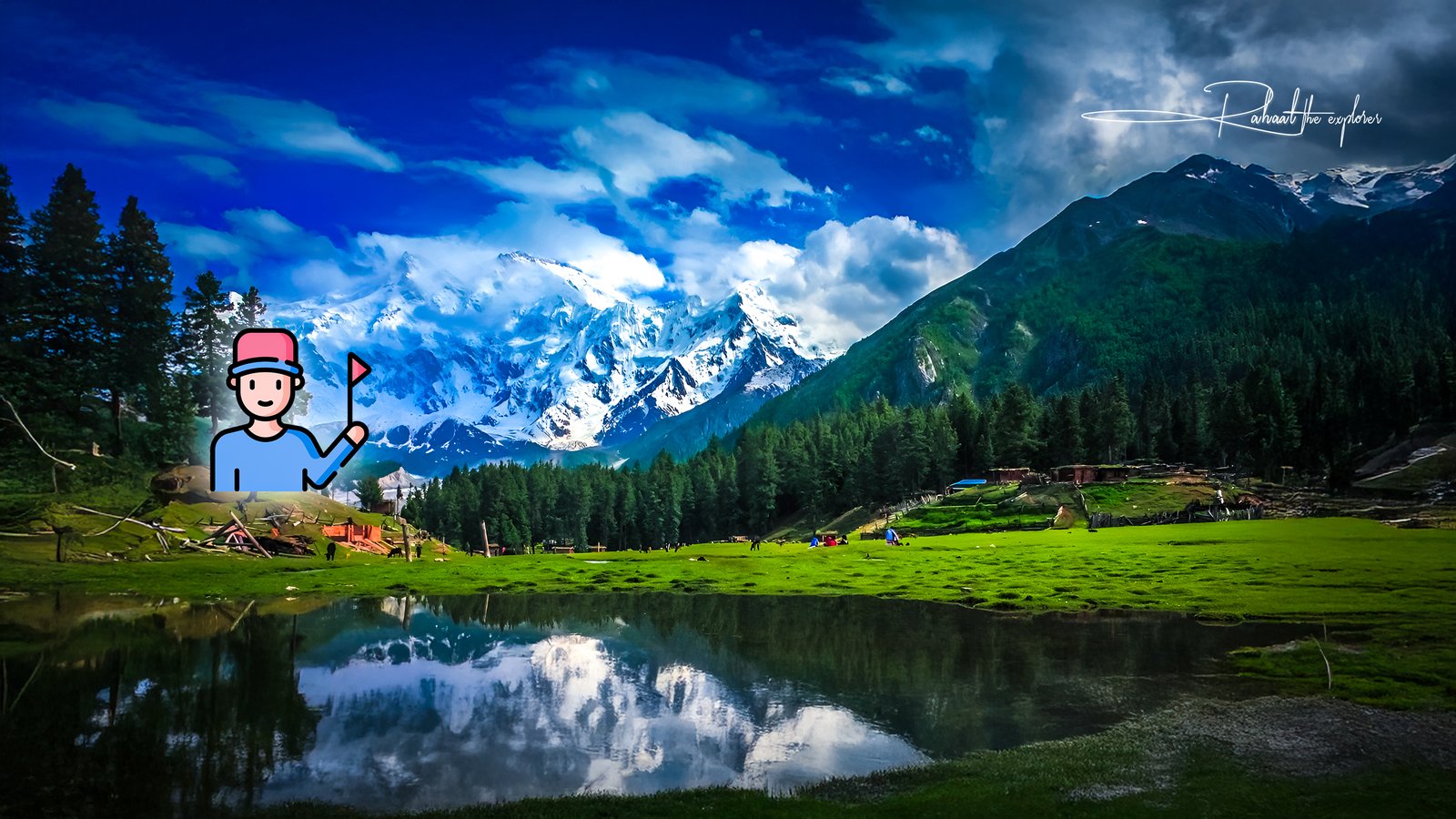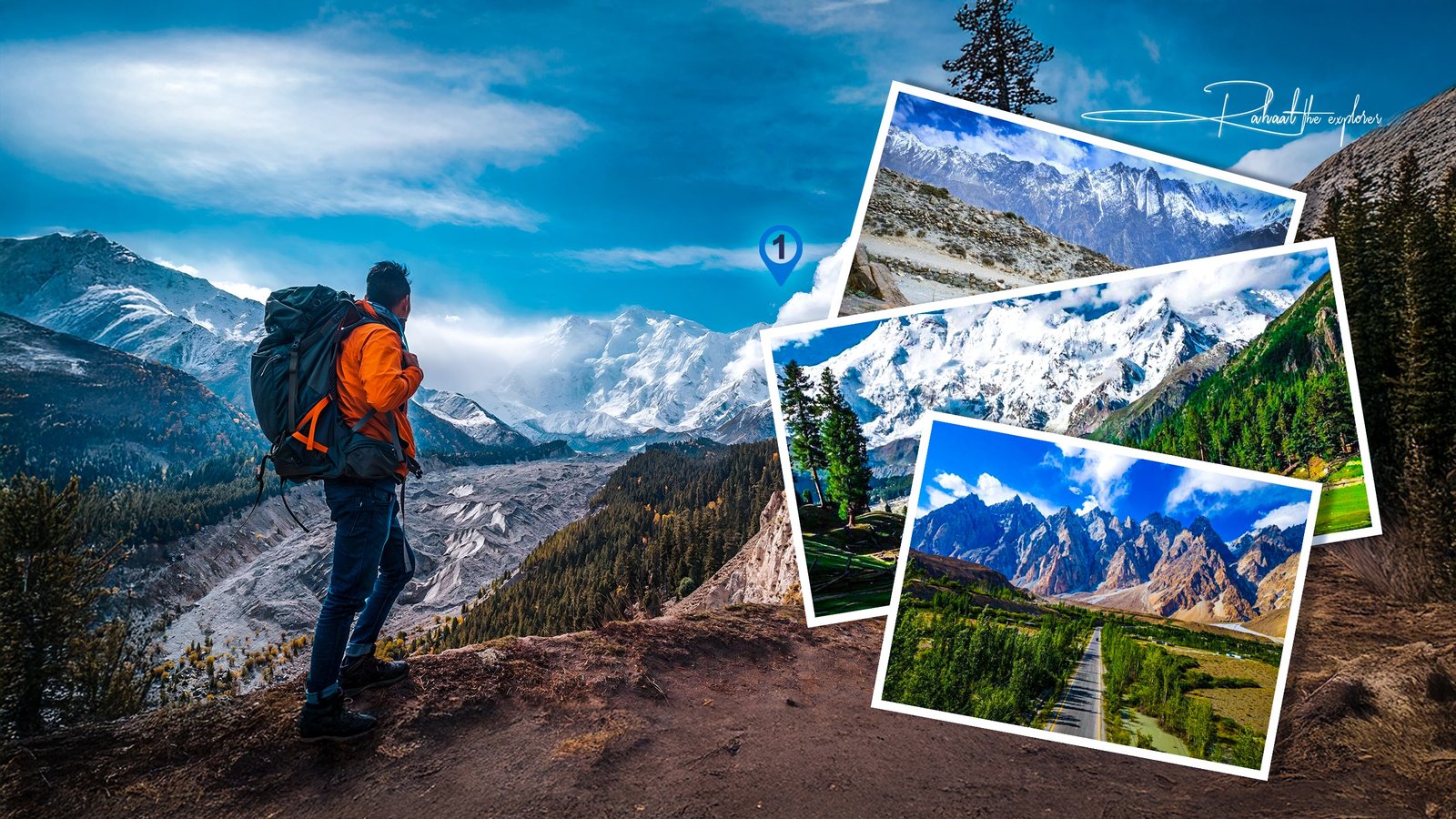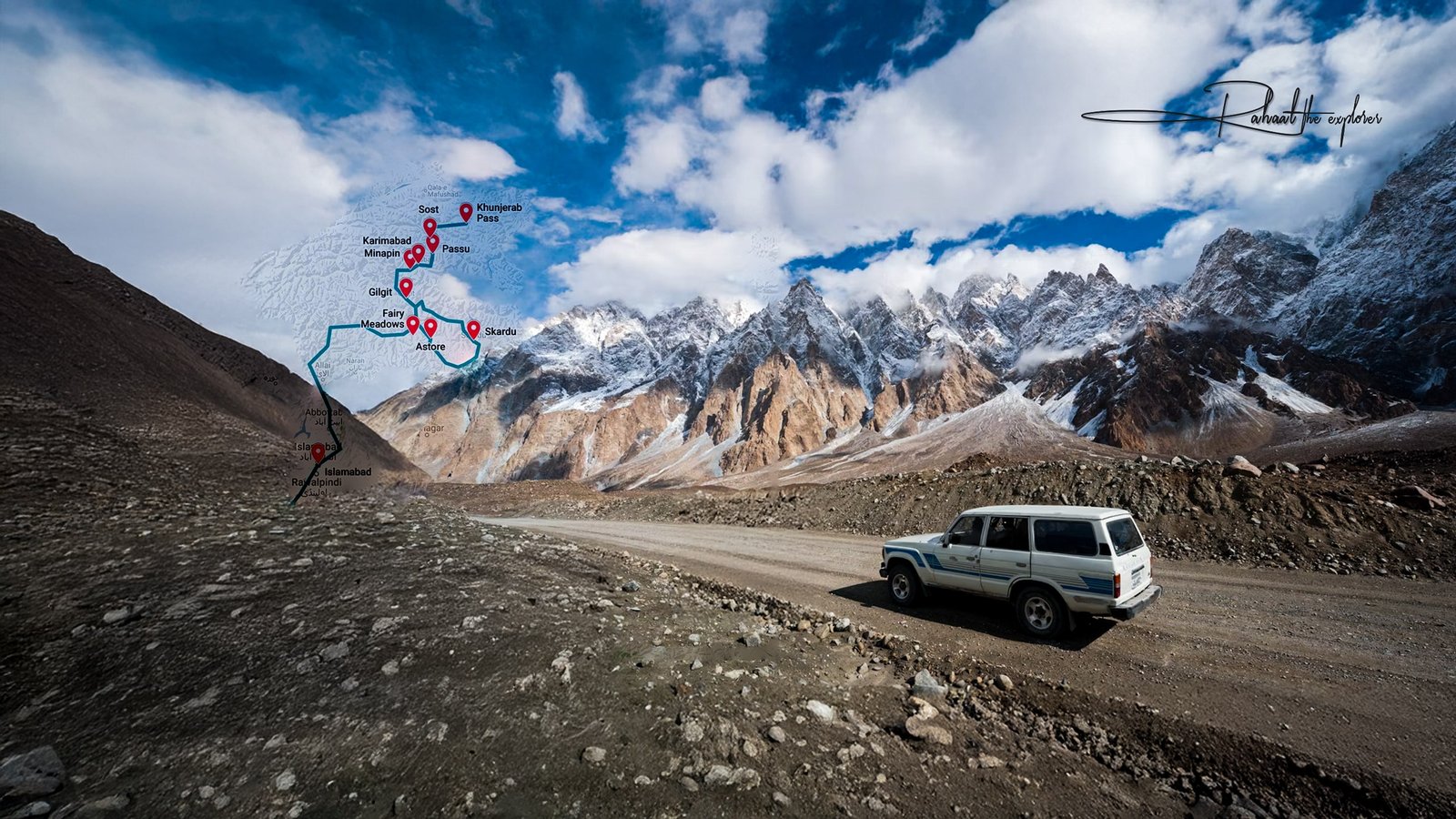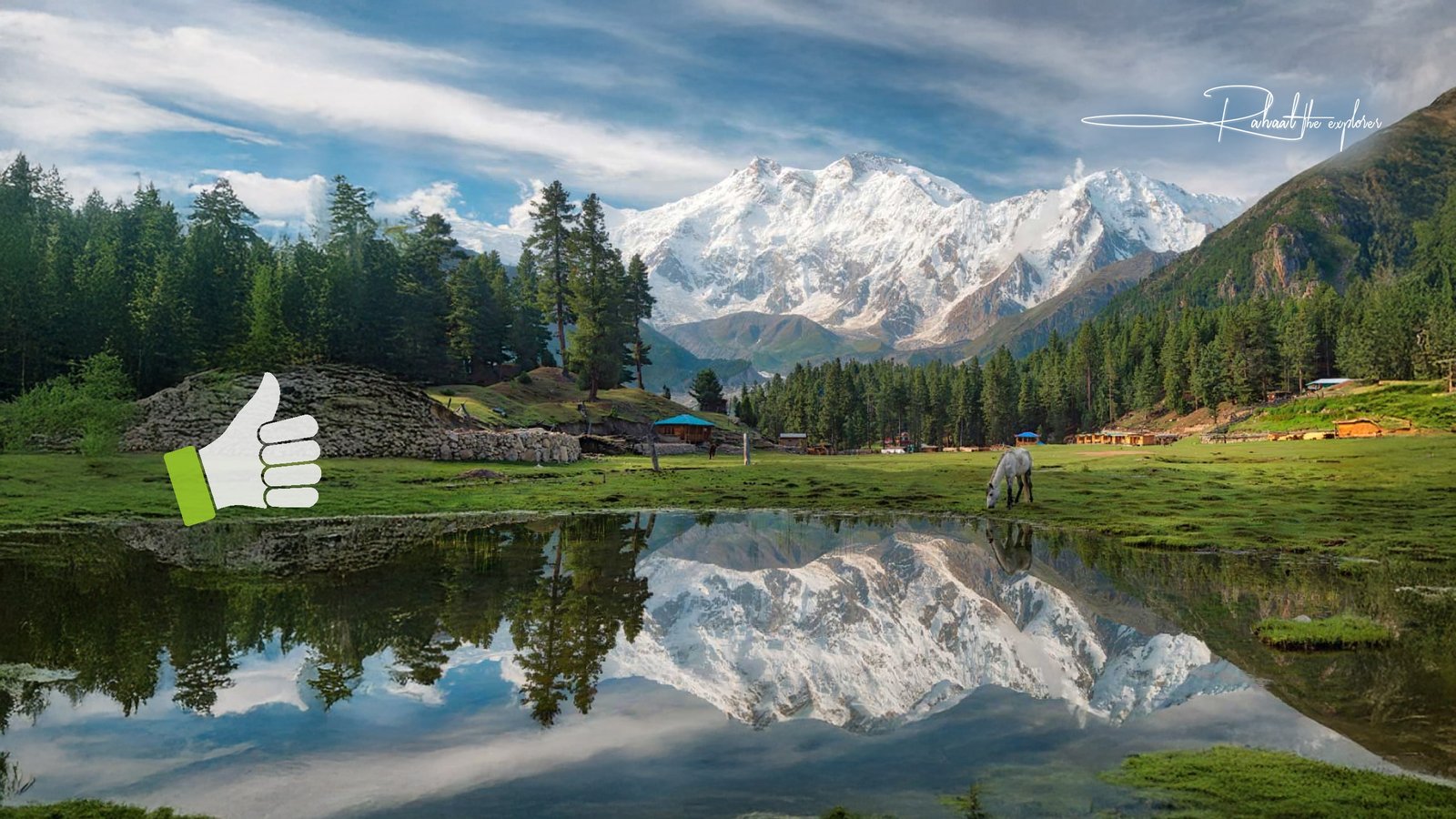Introduction
Nestled in the hills of San Mateo County, just south of San Francisco, stands a hidden architectural treasure: the Pulgas Water Temple. Often overlooked by tourists yet adored by locals, this classical structure is far more than a picturesque landmark. Built in the early 20th century, the temple celebrates one of the Bay Area’s greatest engineering achievements—the arrival of water from the Sierra Nevada mountains via the Hetch Hetchy Aqueduct.
The Pulgas Water Temple is not only a beautiful monument inspired by Greco-Roman design but also a vital reminder of how water shaped the growth of San Francisco and surrounding communities. This guide will take you through its history, architectural details, cultural significance, and tips for visiting, while weaving in why it remains such a fascinating destination for explorers and history lovers.
The History of Pulgas Water Temple
The Origins of the Project
In the early 1900s, San Francisco faced a major challenge: rapid population growth and frequent droughts meant the city needed a sustainable and reliable water supply. After years of planning and political debate, the Hetch Hetchy Aqueduct was built to transport pure mountain water from the Sierra Nevada to the Bay Area.
The aqueduct, stretching more than 160 miles, was a massive undertaking. By the time it was completed in 1934, it was considered one of the greatest feats of civil engineering in the United States. To commemorate the arrival of this life-giving water, city leaders commissioned the Pulgas Water Temple.
Why “Pulgas”?
The word “Pulgas” comes from the Spanish word for “fleas,” a name originally given by Spanish explorers in the 18th century to Rancho de las Pulgas, the land grant that once covered much of San Mateo County. The water temple was built on this historic land, hence its unique name.
Dedication in 1938
The Pulgas Water Temple was officially dedicated in 1938 as a monument to the completion of the Hetch Hetchy water system. It was built near the terminus of the aqueduct, where fresh water flowed into the San Mateo Creek and onward to the Crystal Springs Reservoir. For decades, the temple marked both a functional and symbolic point in the Bay Area’s water history.
Architecture of Pulgas Water Temple
Inspired by Classical Design
The Pulgas Water Temple is a striking example of neoclassical architecture, heavily influenced by Greco-Roman styles. Designed by architect William Merchant, it features:
- A circular colonnade: 12 Corinthian columns form a ring, reminiscent of ancient temples.
- A domed roof: The roof is elegantly proportioned, providing symmetry and grandeur.
- Inscribed dedication: The frieze bears the inscription: “I give waters in the wilderness and rivers in the desert, to give drink to my people.” This biblical passage emphasizes the life-giving importance of the aqueduct.
Water as a Central Feature
Originally, water flowed directly through the temple, cascading into reflecting pools before being diverted to reservoirs. Although water no longer runs through the structure today (for safety and preservation reasons), visitors can still imagine its original purpose as both a functional and ceremonial space.
Symbolism in Design
The temple symbolizes the merging of nature, engineering, and human ingenuity. By using classical forms, the builders connected the modern aqueduct project with the grandeur of civilizations past, underlining how water has always been central to human survival and progress.
Pulgas Water Temple and the Hetch Hetchy Controversy
It’s impossible to talk about the Pulgas Water Temple without acknowledging the Hetch Hetchy Valley controversy. The valley, located in Yosemite National Park, was flooded to create the O’Shaughnessy Dam, which provided the reservoir for San Francisco’s water supply.
- Supporters argued the project was essential for public health and city growth.
- Opponents, including famed conservationist John Muir, mourned the loss of a pristine natural valley.
The Pulgas Water Temple, therefore, stands at the crossroads of progress and preservation, symbolizing both an engineering triumph and a conservationist tragedy.
Visiting Pulgas Water Temple
Location & Access
- Address: 80 Canada Road, Redwood City, CA.
- Hours: Open Monday to Friday, typically 9 AM – 3:30 PM. Closed on weekends and holidays.
- Parking: Free, with a small lot near the entrance.
What to Expect
The temple is set in a peaceful grove of trees, offering a quiet spot for reflection and photography. While it doesn’t take long to tour the site itself, many visitors combine it with nearby attractions such as:
- Filoli Historic House & Garden
- Crystal Springs Reservoir
- Hiking trails along Canada Road
Photography Hotspot
The Pulgas Water Temple has become a popular spot for wedding photography, picnics, and Instagram-worthy shots. Its elegant symmetry and tranquil setting make it a favorite among photographers and couples alike.
Interesting Facts about Pulgas Water Temple
- It once marked the end of the aqueduct – until water distribution was rerouted in the 1960s.
- Used in media: The temple has been featured in films, advertisements, and countless photography projects.
- A conservation landmark: Despite being a water monument, it also serves as a reminder of the balance needed between resource use and environmental preservation.
- Closed on weekends: Unlike many public monuments, its limited hours make it feel like a “hidden gem.”
Best Time to Visit
- Spring & Summer: Lush greenery surrounds the temple, making it perfect for photography.
- Fall: The surrounding trees turn golden, creating a stunning backdrop.
- Winter: Less crowded, though weather can be chilly.
Pro Tip: Visit on a weekday morning for the best lighting and fewer crowds.
Nearby Attractions
When visiting the Pulgas Water Temple, you can also explore:
- Filoli Historic House & Gardens – A grand estate with manicured gardens.
- Edgewood Park & Preserve – Known for wildflowers and hiking trails.
- Huddart Park – Redwood forests and picnic areas.
- Crystal Springs Trail – A scenic trail along the reservoir with panoramic views.
FAQs about Pulgas Water Temple
Q1: What is the Pulgas Water Temple?
The Pulgas Water Temple is a neoclassical monument built in 1938 to commemorate the completion of the Hetch Hetchy Aqueduct, which delivers water to the San Francisco Bay Area.
Q2: Can I visit the Pulgas Water Temple on weekends?
No, the temple is generally closed on weekends and holidays. It is open to the public Monday through Friday.
Q3: Is there an entrance fee?
No, visiting the Pulgas Water Temple is free of charge.
Q4: Can you host events at the Pulgas Water Temple?
Yes, the temple is a popular site for wedding and photography permits, which can be arranged through the San Francisco Public Utilities Commission.
Q5: Does water still flow through the Pulgas Water Temple?
No, water no longer flows through the temple. The aqueduct’s endpoint was rerouted in the 1960s, though the monument remains a historic and cultural site.
Conclusion
The Pulgas Water Temple is more than just an architectural landmark—it’s a story of vision, engineering, and the essential role of water in shaping modern California. Its neoclassical design connects us with the grandeur of ancient civilizations, while its history reflects both triumph and controversy in the American conservation movement.
Whether you’re a history enthusiast, an architecture lover, or simply looking for a peaceful Bay Area outing, the Pulgas Water Temple is worth adding to your itinerary. Its serene setting, symbolic importance, and enduring beauty make it a hidden treasure that continues to inspire awe—just as it did when water first flowed through its columns in 1938.



















